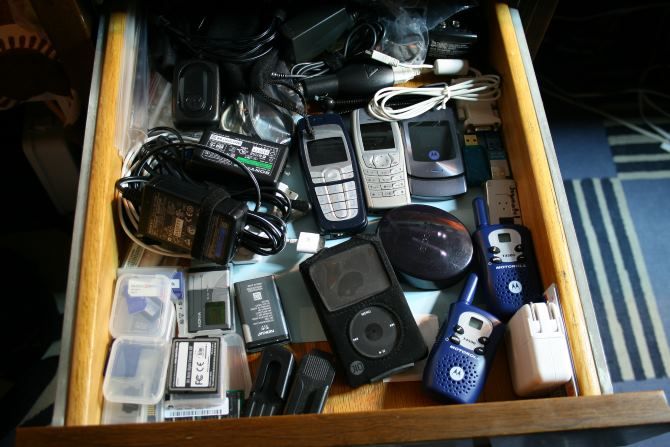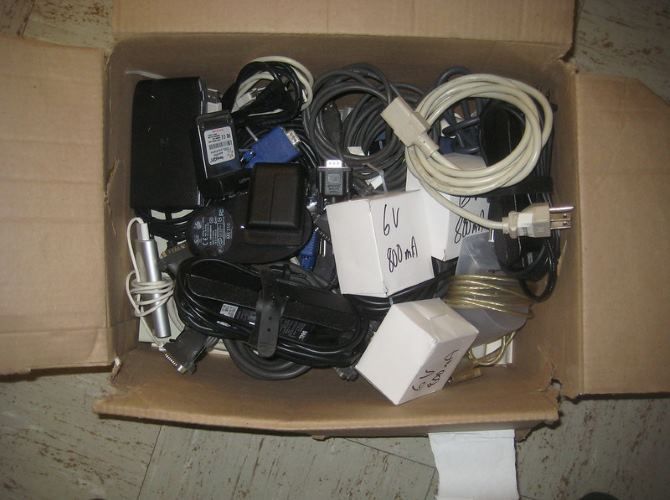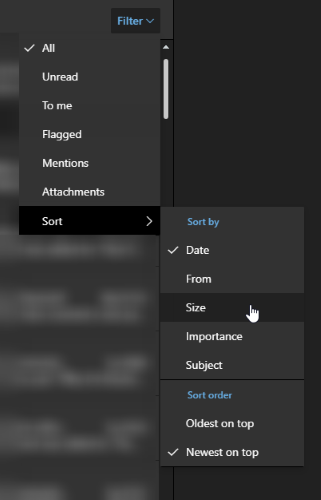The KonMari method took the internet by storm, giving us a new way to look at our belongings and analyze if they "spark joy." While this is a useful way to clean up your home, why not use this same method to give your computer the Marie Kondo treatment?
Let's explore how the KonMari method can be applied to your digital life.
What Is the KonMari Method?
The KonMari method is a copyrighted term by Marie Kondo, who named it using the first few letters of her names. She brought the KonMari method though the book The Life-Changing Magic of Tidying Up: The Japanese Art of Decluttering and Organizing. You likely know her better through her Netflix show, where she visits American homes and applies her special method to help people clear their hoarded items.
There's a lot to master with the KonMari technique, including going through your worldly belongings in categories and properly 'sending off' the items you don't want. However, the core of the technique revolves around one mantra; if it doesn't spark joy, throw it away.
With this in mind, let's explore some areas of your digital life where you can apply the KonMari method.
Sorting Out Digital Files and Programs
First of all, let's apply the KonMari method to your documents. Take some time to go through all your personal files and folders. Note if they spark joy within you, or if they're "past their prime." If they still make you happy, great; keep them around. If they feel more like digital dust-gatherers than important files, delete them.
Remember that files can hide away in easily-forgotten places, such as your Downloads folder. These will often have old installers and files that you no longer need, and as such can be safely deleted to recover space.
Don't forget to go through your programs, too. Open your operating system's program list and check through all the apps and games you have installed. Haven't touched it in months and no longer care about it? Uninstall it. Does it play a vital part in your life? Keep it around.
Once finished, you'll have a collection of files you want to keep around. Now is a good idea to consider backing up your data so that your precious files are safe and sound.
Tidying Up Old Outdated Electronics
Every tech lover has it; the box (or drawer, or pile) of old electronics you once loved. Whether it's the tablet that you've long since replaced or the console you played on as a kid, it's easy to hoard electronics "just in case" you need them again.
When cleaning out your digital life, it's essential to go through these old devices and double-check if you're still happy to have them. If that old Gameboy Color or Tamagotchi makes you smile when you hold it, by all means, keep it around. However, if you're looking at that old smartphone you kept "for emergencies" but now would make a better museum exhibit than a calling device, it's time to let it go.
Remember that old electronics do not have to (and should not) be thrown into the garbage. Instead, give these old devices a second life by recycling them.
Getting Rid of Old Cables
Next is the second-worst hoarding habit that gadget lovers have. Every time you buy a new device to replace an older model, the new product will come with all the cables to get it up and running. This includes USB chargers for phones and tablets, as well as HDMI and power cables for new computers.
As such, every time you get a new device, one of two things tend to happen; you keep the old cable and store the new one, or replace the old cable with the new one. Either way, you relegate a cable to the dreaded cable drawer, never to see the light of day again.
When cleaning up your digital life, it's a good idea to do some Marie Kondo cable management and work through the spaghetti-like pile of cords. Keep any cables which you feel will be of great use in the near future, and discard any that feel redundant or outdated.
Deleting Old Online Accounts
How many accounts do you think you have over the internet? As we use the web, we make accounts, use them for a time, then "discard" them. Of course, these accounts are still on the internet, full of personal information.
As such, if someone cracks the password on an old account, hackers can sneak inside and use this personal information for nefarious purposes. In a worst-case scenario, the website still remembers your payment details, which is a goldmine for someone with less-than-good intent!
As a result, it's a good idea to scrub the internet of accounts that no longer bring you happiness. Of course, there's no easy way to see every single account you have on the internet, so you'll have to do some digging to find them all.
While you can go through all your registration confirmation emails one-by-one, a much quicker method is to use your browser's password manager. If you've built up a habit of letting your browser save your login details, you can look through all your accounts and find the ones that you don't use anymore.
You should also take care of hacked accounts. These are listed on websites such as HaveIBeenPwned, which we covered in our article about how to check if your online accounts have been hacked. Get into these accounts and scrub them away, if you can.
Emptying Out Old Emails
Finally, how good are you at keeping your email inboxes neat and tidy? These days, free email services give you a lot of free space, so it's easy to allow a mountain of old mail to accumulate in your digital pigeonhole.
We covered how to do this in our piece on how to chop down a 20,000 email inbox to zero in 30 minutes. This will give you a good idea on how to prune your inbox down to a reasonable size.
However, if you fear that you will delete something you'll need in the future, you can focus on email size instead. Normally, emails are very light on storage, and you can store tens of thousands of them without breaking a sweat; however, when someone attaches a large file to an email, it can take up quite a bit of space.
If you want to see which emails are eating up your space, see if you can sort them by size. If you can't, try doing a search to identify the heavy-hitters.
For example, Gmail users will need to perform a search that only shows emails with attachments. You can do this by searching for "has:attachment" to find all emails with attachments, or "has:attachment larger:5mb " for all emails with an attachment larger than 5 MB.
Outlook users have it easier. If you click Filter > Sort > Size in your inbox, all your emails will automatically queue up in size order.
Go through your emails and check which ones still make you happy. The old correspondence from a friend probably won't need throwing away; instead, you can set a label on it so store it for later. That one email from two years ago about your YouTube subscription activity, however, probably won't spark joy any time soon.
Keeping Your Digital Life Clean, the KonMari Way
The KonMari method took the western world by storm after Marie Kondo's Netflix series. It gave us a way of judging past belongings to see if they're worth keeping around. You can use this method on your digital life, whether it's sorting through cables or deleting old files.
If you want to perform a deep scrub on a Windows 10 machine, be sure to check out our step-by-step guide to the best way to clean Windows 10.




